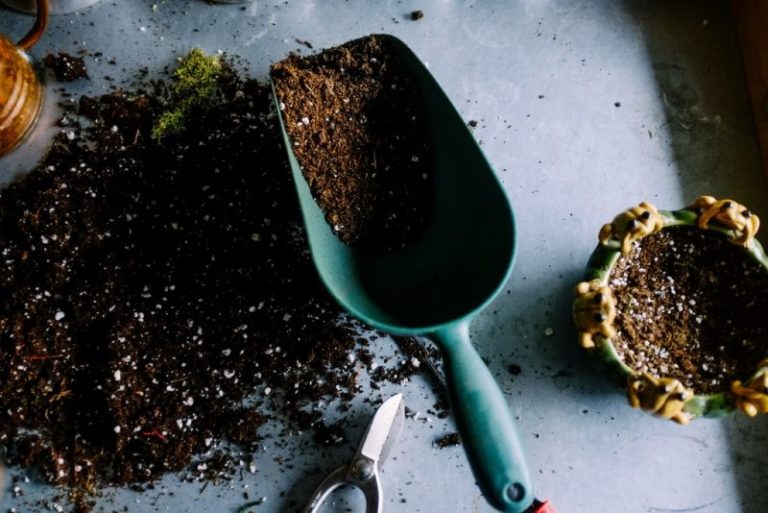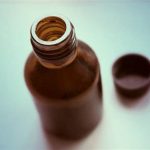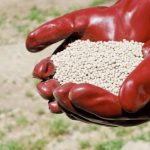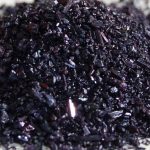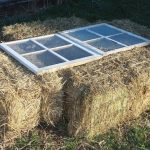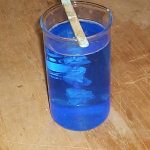You can get rid of potting soil without damaging the plants it’s supposed to enrich.
However, there are some cases where it doesn’t seem to make a difference. This might be because your potting soil already has the perfect pH for your plants.
So, how do you dispose of potting soil? Potting soil is a mixture of organic matter and soil that’s used by gardeners.
It’s typically sold in bags that can be reused and recycled. Recycling potting soil is fairly simple, but there are a few things you should know first.
First, remove any plant matter from the soil. Then, compost it or add it to your garden.
Finally, clean and recycle empty bags with soap and water.
Benefits of Using Old Potting Soil
Contents
Despite its lack of nutrients, old potting mix can be used as mulch for your garden.
As a consequence, it’s ideal for topping up mulch on paths around your plants, around vegetable patches, or around flower beds in gardens.
Similarly, old potting soil is useful to have on hand if you intend to use it for sowing seeds or transplanting seedlings.
For sowing fresh grass, potting mix works well too, as it doesn’t compact easily and keeps moisture levels consistent around the seeds without burning them.
When grass seed is sown in pots of old pot mixture, the roots grow right through it, helping to strengthen the grass roots as the seedlings develop.
The environmental and financial benefits are substantial: because potted plants are frequently discarded after flowering, old pot mixture that would otherwise be discarded can be reused in your gardens.
Not only are you preventing more material from going to the landfill, but you’re recycling a valuable material that might otherwise be discarded as waste.
The Risks Of Recycling Old Potting Soil
Pathogens, nematodes, bacteria, including viruses, fungus, and molds are just some of the harmful organisms that can be present in reused soils.
The used potting soil may harbor weed seeds and fungi that can be transferred to your healthy plants growing in the new mix.
Pathogens and a lack of key nutrients can weaken plants and cause disease and damage in crops grown in reused soils.
How to Dispose of Potting Soil?
Microbial Addition
Once you’ve met the volume requirements, you can add microorganisms to the used mix to break down the organic matter so that it can be used again.
Microbes are also important because they add nutrients to the soil and keep diseases from spreading to plants grown in the reuse medium.
They help the plants get the nutrients they need and break down some chemicals that are bad for the health of the plants.
All of this is possible, though, if you add good microbes to your growing medium before you use it again.
Maintain the Volume of Potting Soil
When you utilize soil to grow your plants in a greenhouse or indoors, the volume of soil you use depends on the type of plants you’re growing and the environment you’re growing in.
This volume loss is related to the amount that evaporates from the soil and the amount of plant matter that decays over time.
To restore the soil’s volume after you’ve completed its intended use, add organic material to the soil in the form of composted manure, leaf mold, peat moss, or other organic amendments.
Mineral Addition
Mineral addition follows the same logic as the microbial additions-to maintain the required volume of your reused soil.
Minerals are one of the three main components of plant growth—the other being water and air—and are vital for the health of any plant you grow in your greenhouse or indoors.
There are two main types of minerals: macro-minerals and micro-minerals.
What To Remember When Recycling Potting Soil
Soil Collection and Amendments
Pour the dirt and water from your pots into a container with a lid, such as a pail or a wheelbarrow.
To restore nutrients and structure, add organic material such as composted manure, peat moss, leaves, grass clippings, seaweed, coffee grounds, or shredded newspaper to the mixture.
To get rid of germs, pathogens, and weed seeds in your recycled potting soil, add beneficial microbes such as compost tea.
Proper plant Disposal
Allowing the plants to die in the pots is a bad idea because it creates extra work for you to dispose of them properly.
Shake the dead plants to remove any potting soil from their roots and place them in the trash.
Their breakdown is a slow process; it’s advisable to dispose of them as soon as possible.
Storage
Cool the soil for a minimum of two days before storing it; this will allow time for the pathogens to dissipate.
You may make the required changes at this point.
The dirt should then be stored in a cool, dry place away from the sun until you are ready to use it.
Baking the Soil
Place the dirt on a baking rack in a 200°F oven for four hours; this will kill any pathogens that may have survived the hot temperature.
This should eliminate any diseases or pests in the pot.
Take care not to overheat the soil, as this may kill off the beneficial microorganisms in it.
Potential Hazards of Soil Recycling
There are two main reasons why you should be careful when recycling your potting soil: the health risks and the environmental impact of the practice.
Pathogens, which include viruses, bacteria, fungi, nematodes, and protozoans, are present in all living creatures and can multiply rapidly in the right conditions.
People can get sick from these germs by getting them on their skin or by breathing in infected particles in the air.
Used soil may also contain parasitic worms that can get into people’s intestines and cause diseases like pinworms.
By following the steps in this article, you can reduce the risks of using old potting soil and keep disease-causing agents in the waste away from your plants.
Can You Save Used Potting Soil?
Reusing potting soil is generally safe as long as you take the necessary precautions to keep the waste clean.
If you do find pests or illnesses in the soil, simply rinse it out thoroughly before reusing it.
This should get rid of the parasites and reduce the chances of you getting sick when you reuse the soil.
Also Read: How to Dispose of Quail Waste
Conclusion
In the end, composting potting soil at home is the best way to get rid of it.
Throwing away potting soil in a landfill is a more sustainable option than throwing it away at home.
Furthermore, it’s a great way to reuse potting soil, helping gardeners save money.
Finally, composting potting soil at home helps gardeners reduce waste, which is good for the environment.
